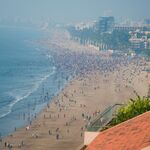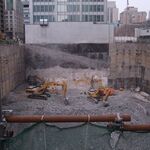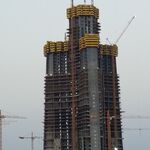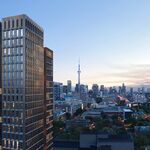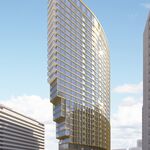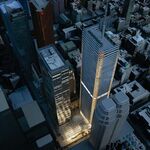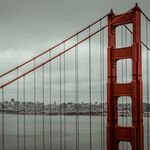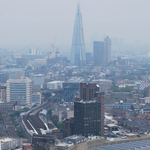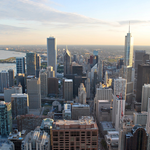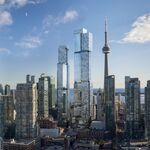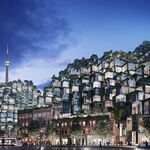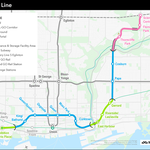Behind Brisbane, Gold Coast is the second most populous city in the Australian state of Queensland. Although it's located approximately 40 kilometres from the central business district of its larger counterpart, the municipality boasts its own sprawling skyline mainly comprised of highrise residential towers. Most of its impressive density is located in the suburb of Surfers Paradise, a popular hotspot for entertainment and tourism. This area is hard to miss — it's identifiable from kilometres away courtesy of the massive Q1 (Queensland Number One) skyscraper, which is the tallest building in Australia and the Southern Hemisphere if the soaring spire is taken into account. The building quickly became a landmark for the region when it was completed in 2005. It broke records as well; Q1 was the tallest residential building in the world until Dubai's 337-metre Marina Torch came along.
 Surfers Paradise skyline, image by Flickr user Ben Low via Creative Commons
Surfers Paradise skyline, image by Flickr user Ben Low via Creative Commons
Developed by the Sunland Group with a design by SDG and The Buchan Group, the architecture of the 322.5-metre residential tower is partially inspired by the curved profile of the Sydney 2000 Olympic Torch and the elegant 'shells' of the Sydney Opera House. Q1's sleek glass-enclosed surface ensures the tower stands out from its less architecturally adventurous surroundings. It also guarantees that occupants have clear views of the sandy beaches and picturesque coast of Australia. These views aren't exclusive to residents however. Perched 230 metres from the ground, the SkyPoint observation deck is located on levels 77 and 78 of the building. In addition to offering an exquisite perspective of the city, its two floors host a museum, theatre, bar, and weather station. For an additional charge, brave visitors can strap themselves in and walk an external path around the top of the tower in an experience called SkyPoint Climb.
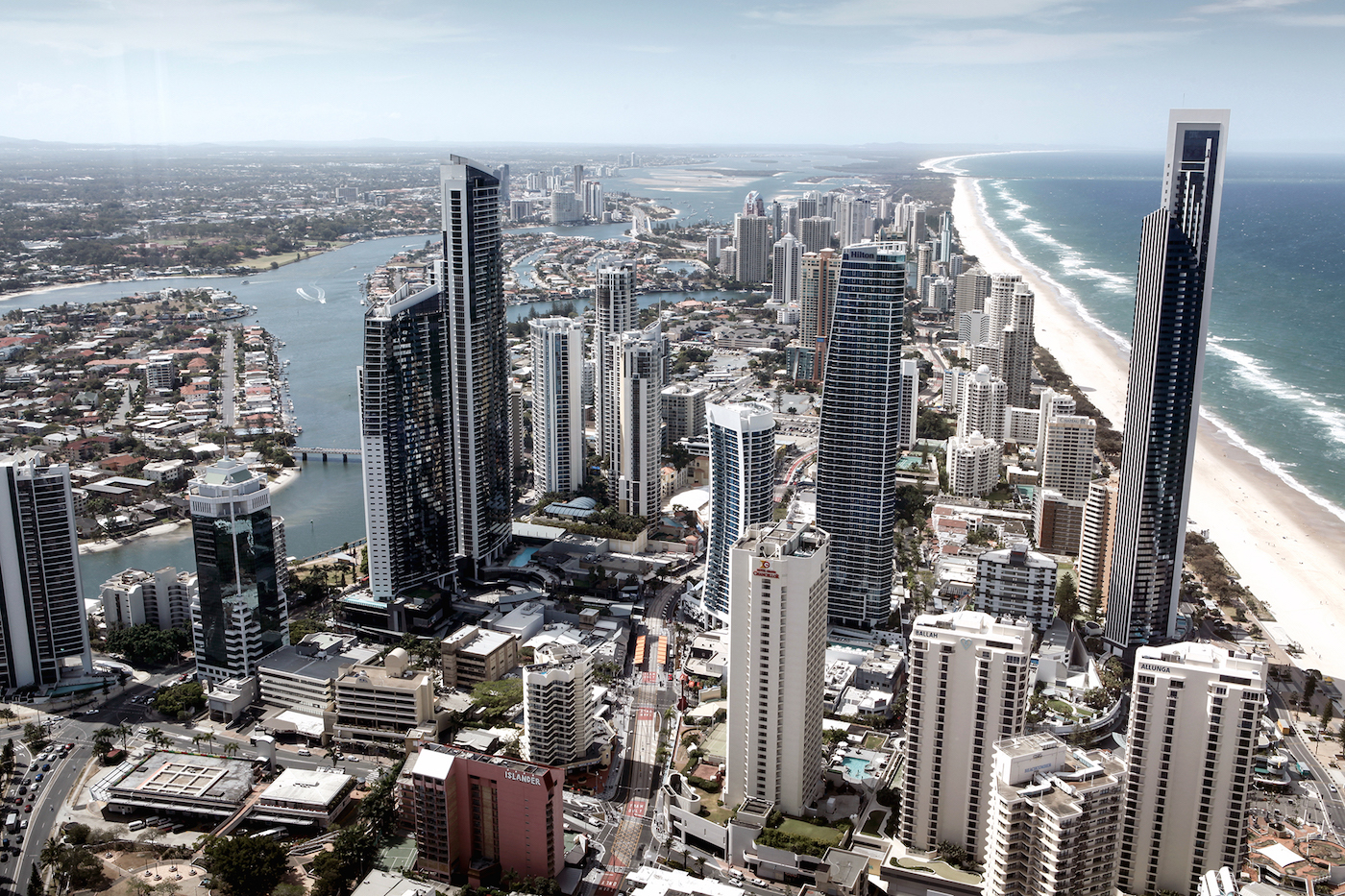 North view of the city's main skyscraper cluster, image by Flickr user Adam Foster via Creative Commons
North view of the city's main skyscraper cluster, image by Flickr user Adam Foster via Creative Commons
Most guests come for the vertigo-inducing views though, where the Gold Coast's stunning topography can be fully appreciated. Looking north from the observation deck, the Nerang River can be seen snaking through the city's urban enclaves, including Chevron Island, one of several manmade islands resulting from land reclamation along the waterway. The tallest Surfers Paradise skyscrapers are visible occupying prestigious city blocks, including the two-tower residential complex Circle on Cavill — also developed by Sunland Group — at the left side of the images above and below. At 220 metres, the north tower is the third tallest building in Gold Coast. In the centre of the photo, the swooping silhouette of the Hilton Surfers Paradise Hotel and Residence adds another distinct outline to the cityscape. To the right, vertical stripes accentuate the 243-metre Soul. The residential tower finished construction in 2012 and became the city's second tallest building.
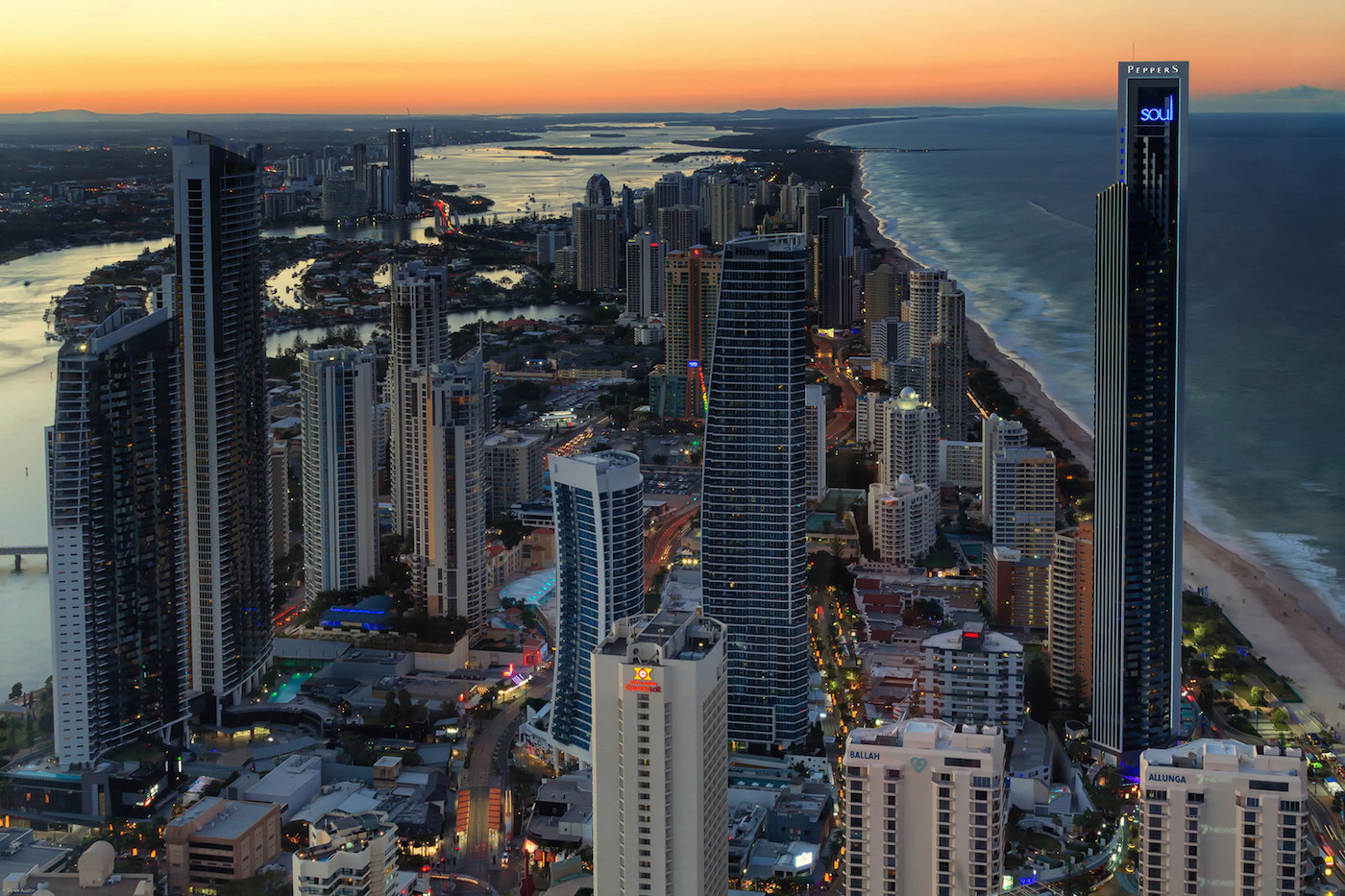 Circle on Cavill, Hilton Surfers Paradise and Soul, image by Flickr user Steve Austin via Creative Commons
Circle on Cavill, Hilton Surfers Paradise and Soul, image by Flickr user Steve Austin via Creative Commons
The other cluster of highrises bordering the opposite side of the river belongs to Southport, a suburb of similar cultural importance to Surfers Paradise. Traditionally the city's main entertainment destination, it features a number of residential and office highrises scattered among a modern Chinatown, large aquatics centre, and major parklands.
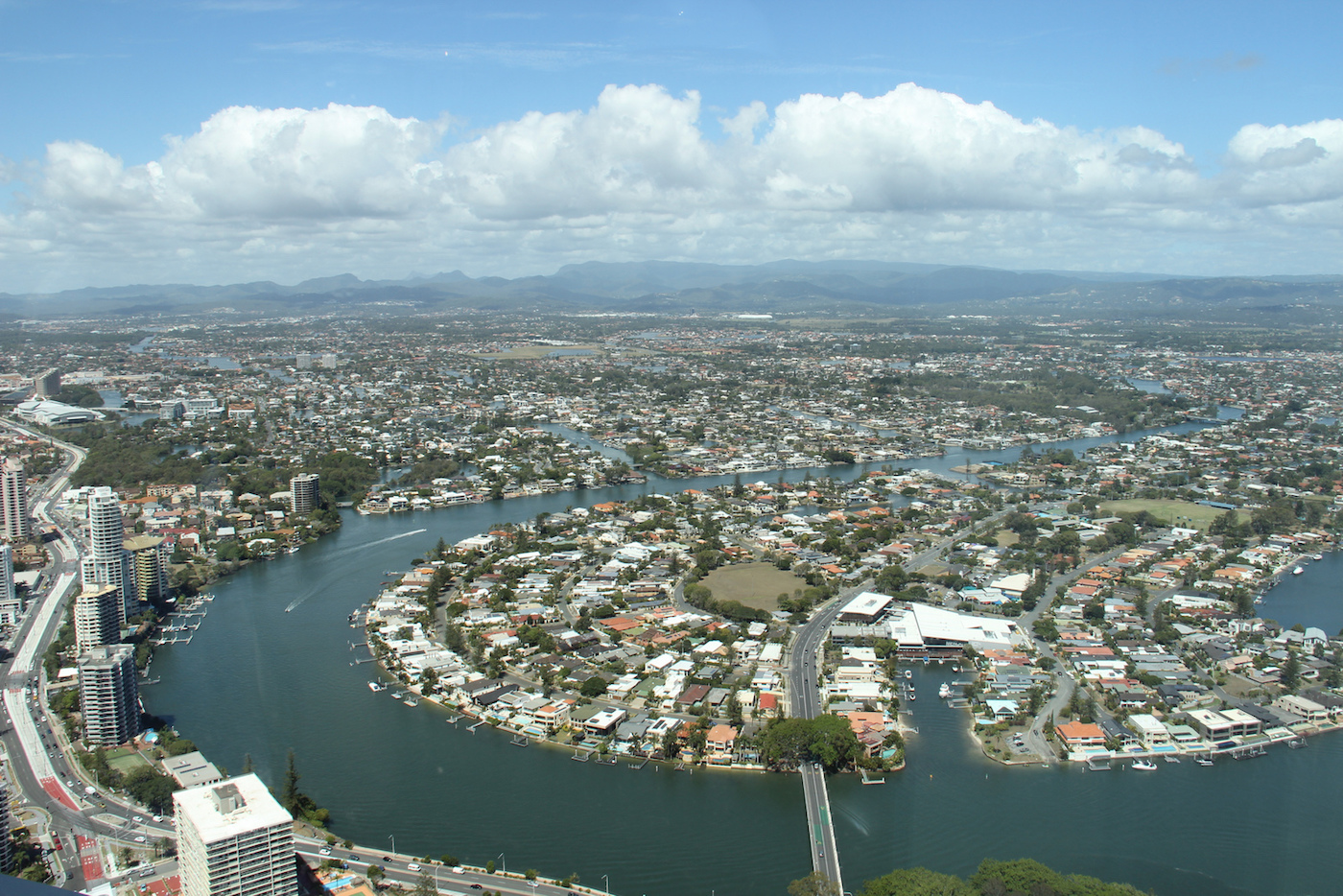 Looking west towards the Gold Coast hinterland, image by Flickr user Gary Bembridge via Creative Commons
Looking west towards the Gold Coast hinterland, image by Flickr user Gary Bembridge via Creative Commons
To the west, the mountainous terrain of the Gold Coast hinterland provides a unique backdrop and features a diverse set of recreational activities. This lush landscape is a haven for ecotourism, acting as a home to national parks, resorts, walking trails, and a plethora of flora and fauna. The irregular contours of the hills form a striking green backdrop to the coastal strip.
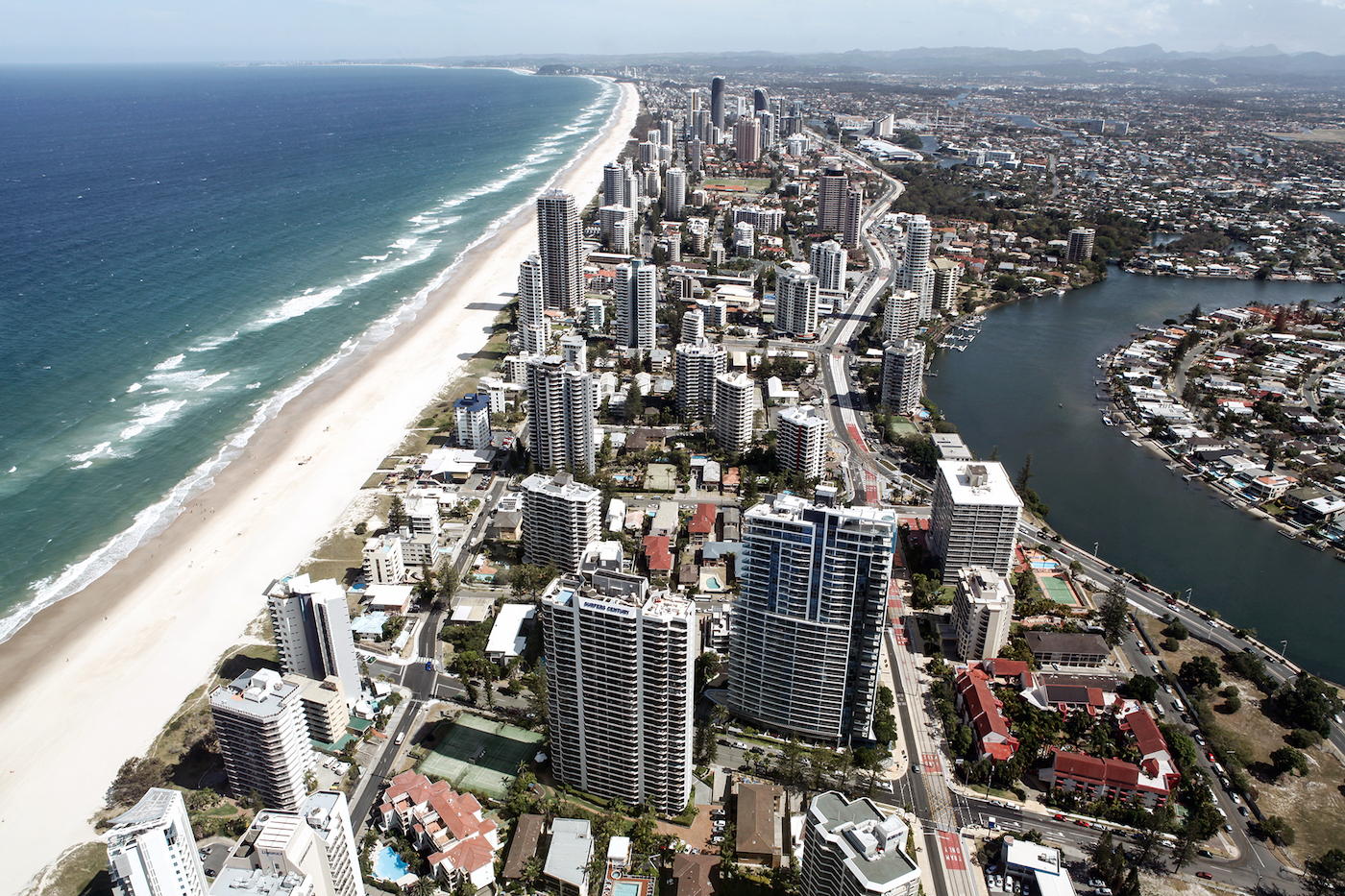 Looking south towards Broadbeach, image by Flickr user Adam Foster via Creative Commons
Looking south towards Broadbeach, image by Flickr user Adam Foster via Creative Commons
The collection of residential highrises continues to spread southwards to the suburb of Broadbeach. In the distance, a two-tower luxury development called The Oracle dominates the skyline. Hosting residential, hotel, and retail uses, the 2010-built project is defined by its sloping roof and contrasting white and black facade. Linking all of these coastal suburbs is the 35-kilometre Gold Coast Highway, which can be seen weaving around buildings in the photo above.
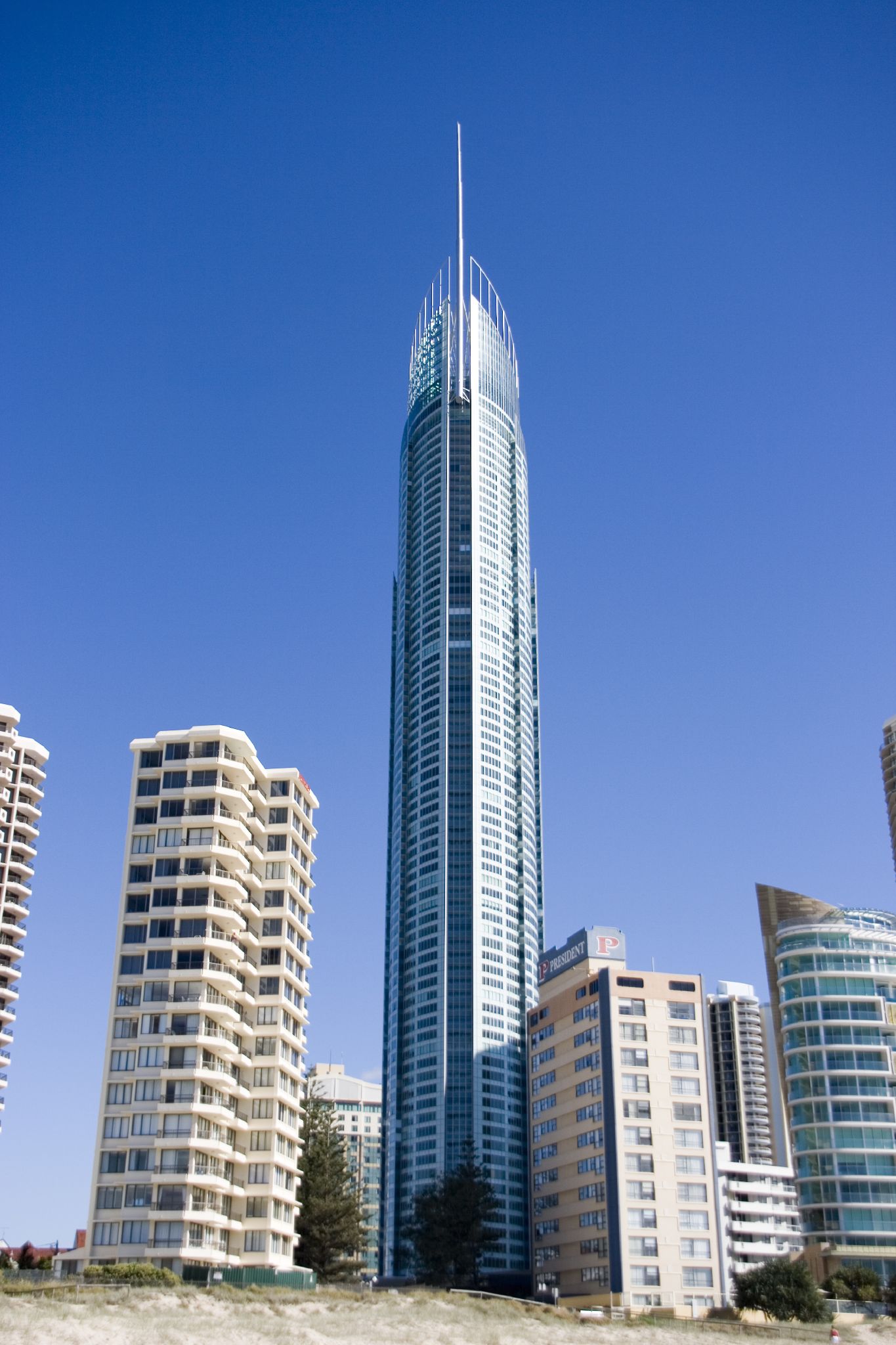 Q1, image by Flickr user Michael Dawes via Creative Commons
Q1, image by Flickr user Michael Dawes via Creative Commons
Q1 anchors both the Surfers Paradise skyline and the status of Gold Coast as a premier hub for tourism, entertainment, and recreation. As the only beachside observation deck in the city, SkyPoint provides an unrivalled experience that gives visitors the opportunity to grasp the region's natural and manmade assets. The attraction will likely be near the top of the list of things to do when Gold Coast welcomes international athletes and tourists for the 2018 Commonwealth Games.
Want to know about the latest developments shaping Brisbane and Gold Coast? Check out the designated Forum section and get involved in the discussion.

 1.9K
1.9K 














